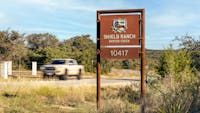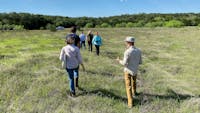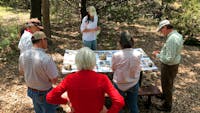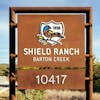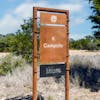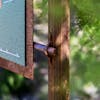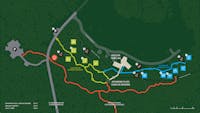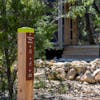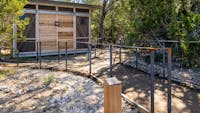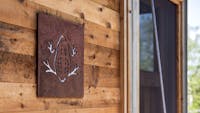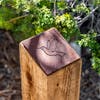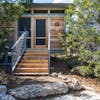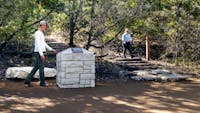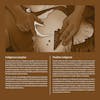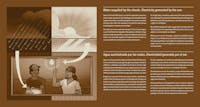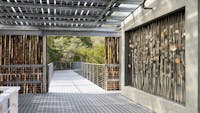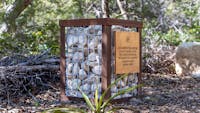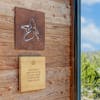Shield Ranch is 6,400 acres of ecologically diverse wildlands, sustainably managed for the benefit of people and nature. Just 18 miles from downtown Austin, Texas, it’s home to 10% of the region’s critically important Barton Creek watershed.
The Campsite at Shield Ranch provides year-round nature-immersion experiences for people of all ages and serves as the new home for Camp El Ranchito, a program for youth who otherwise would not have the opportunity to experience an overnight camp on a Hill Country ranch.In 2018, the Ranch’s multi-generational family ownership group embarked on an ambitious project to design and build an entirely off-the-grid facility for the enjoyment of El Ranchito campers and community groups seeking a nature-immersion experience.
